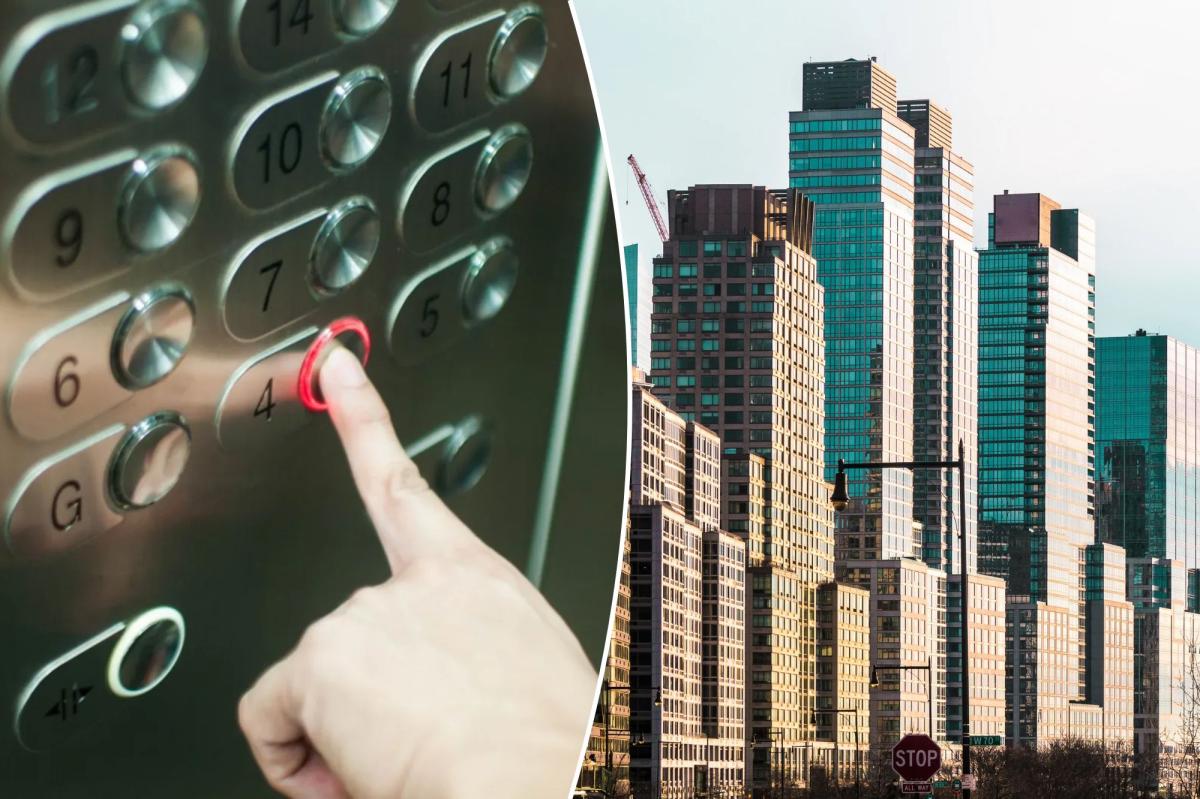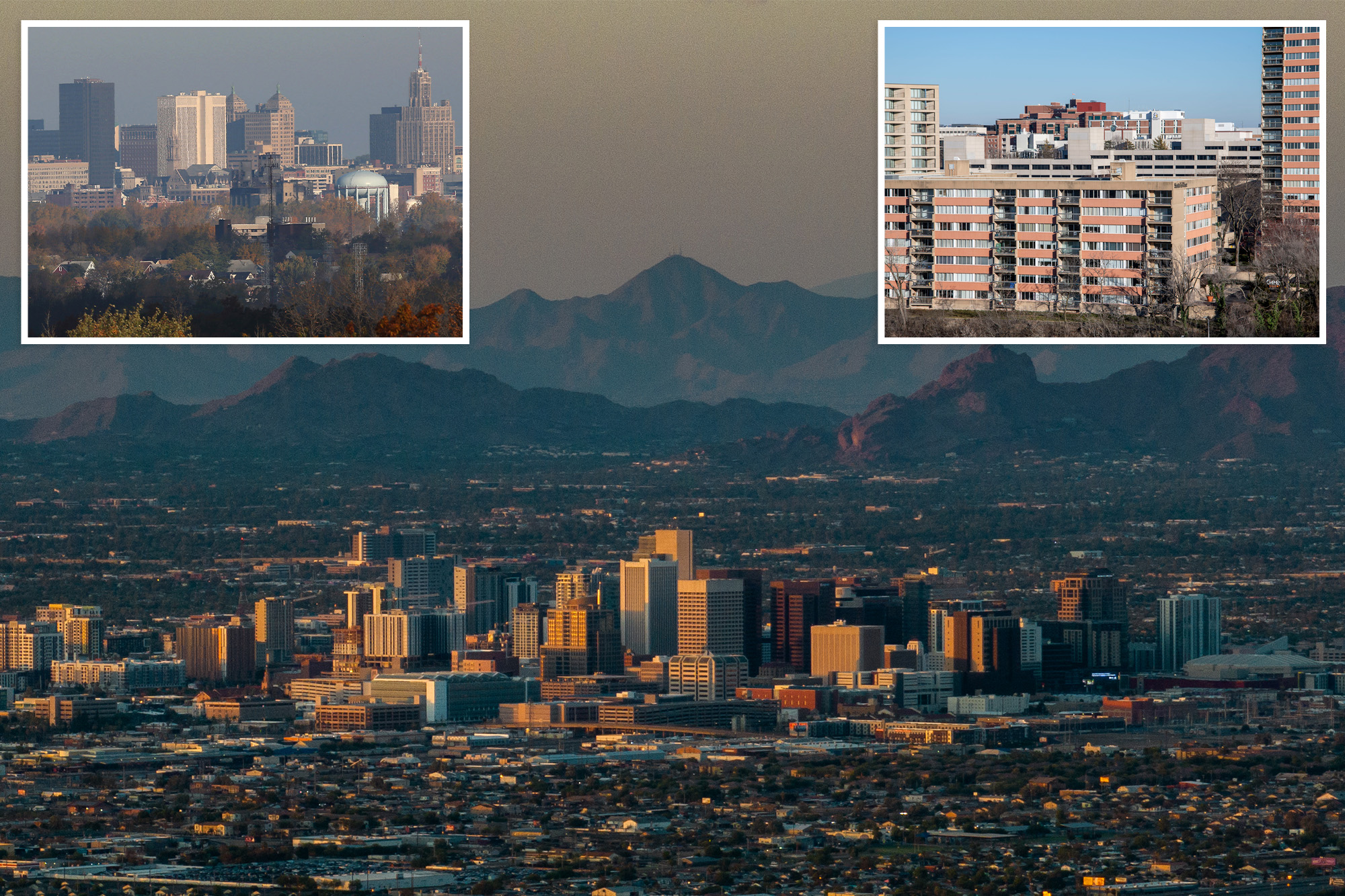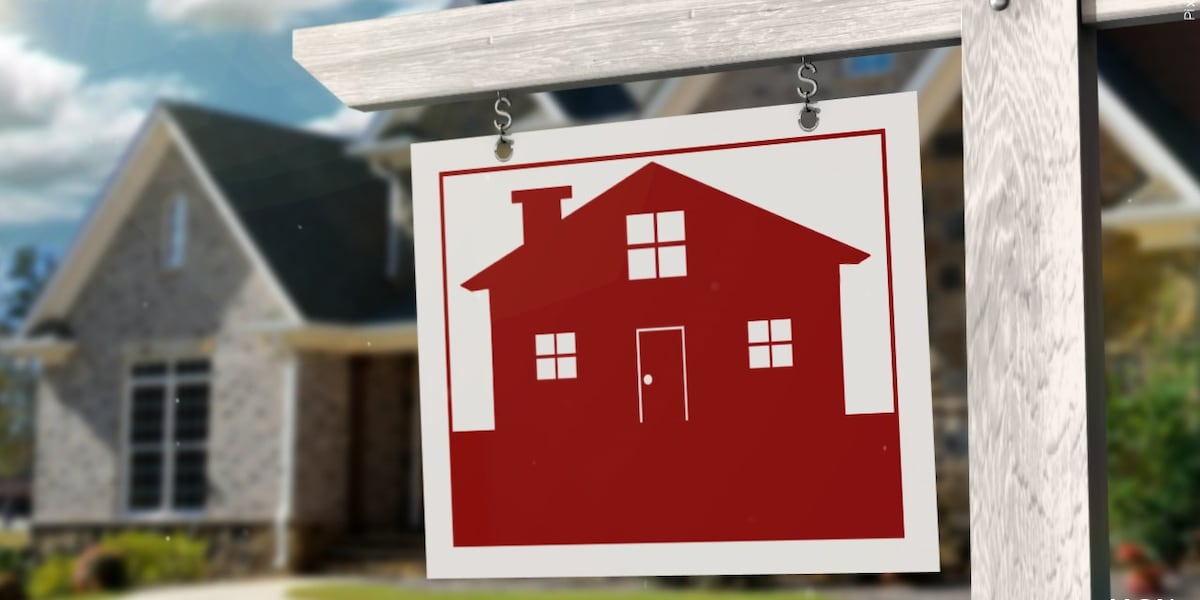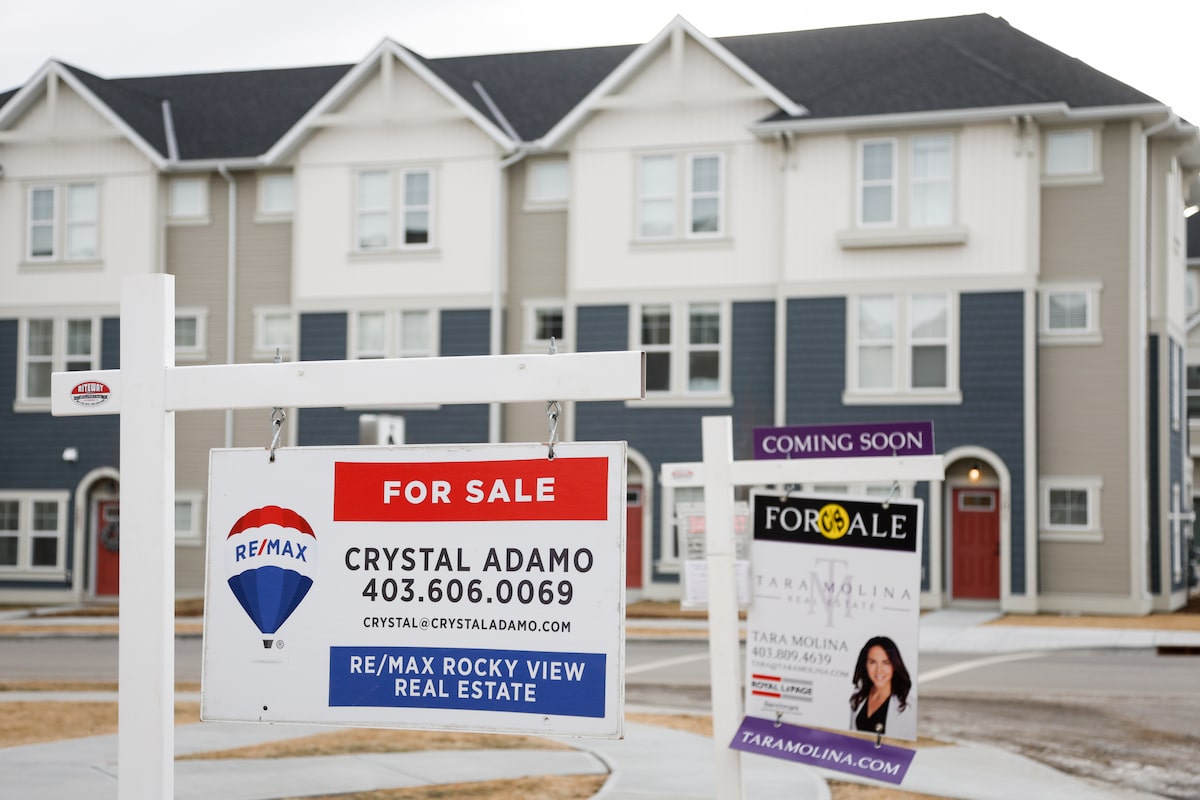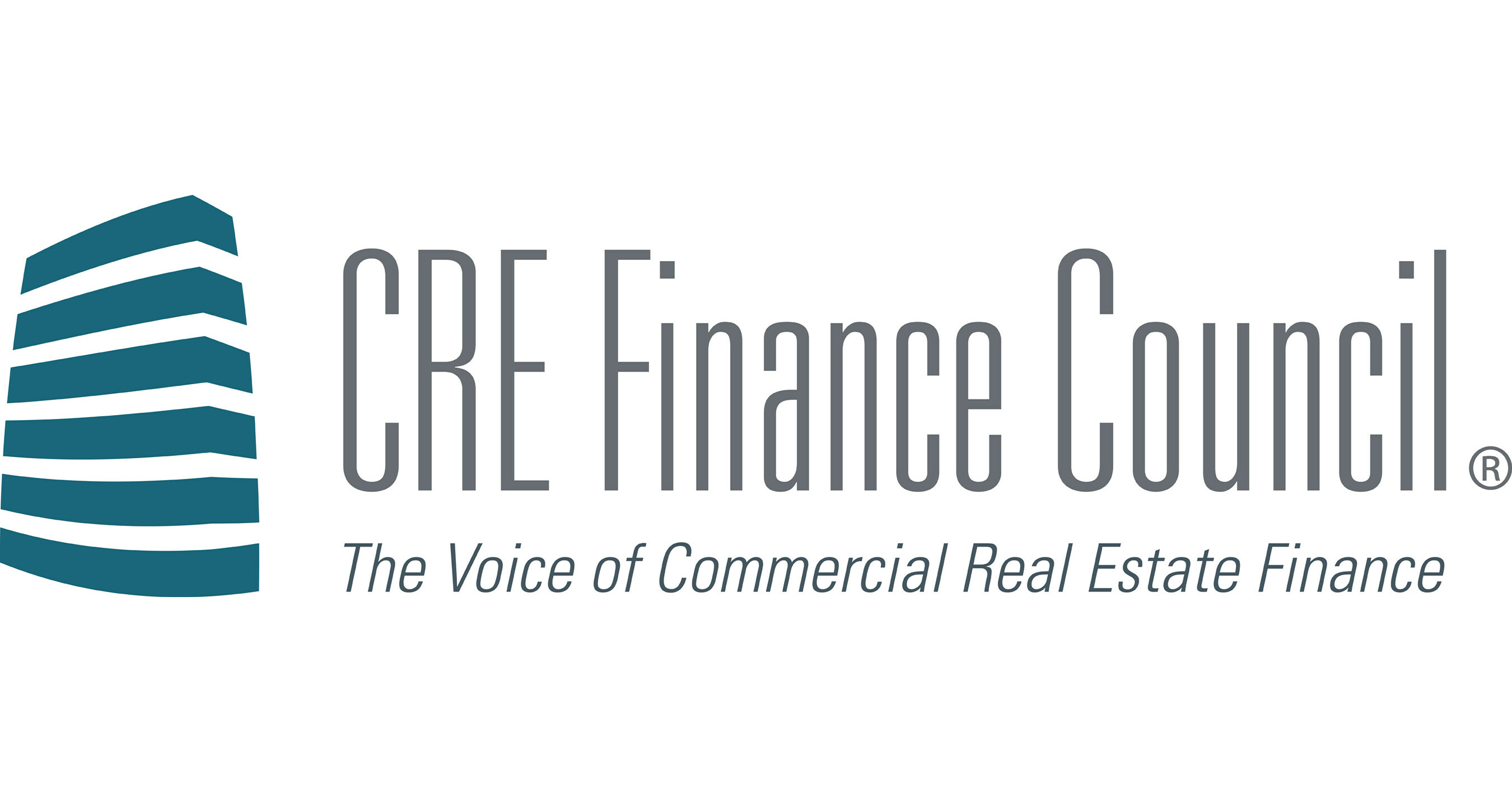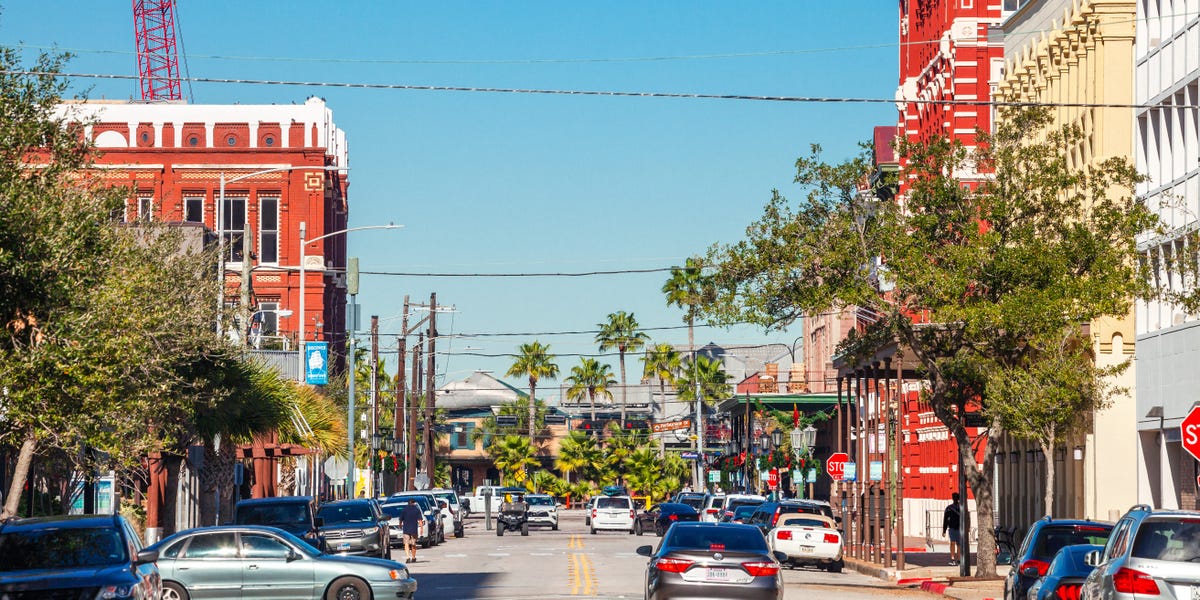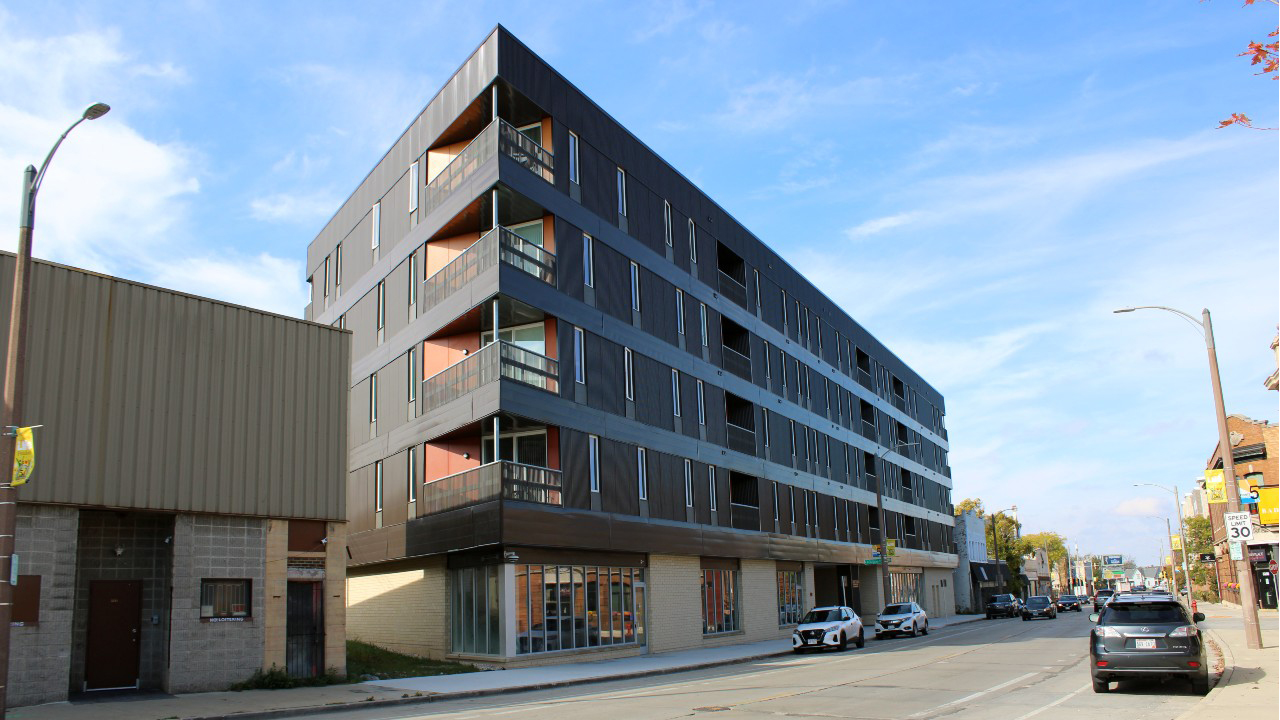I
n New York City, the number 13 is more than a superstition—it’s a built‑in quirk. Andy Cohen, the Bravo host who recently sold his West Village duplex for $10.5 million, lives through it. His home, known for gold‑tiled floors, sculptural staircases, and Empire State Building views, never had a 13th floor. The kitchen and living room sat on the 12th, while the bedroom and office were on the 14th. “It was weird enough to get my head around,” Cohen told *The Post*, adding that “14 sounds better than 13.”
The practice is widespread. A 2020 StreetEasy survey of 629 NYC residential buildings with more than 13 stories found only 9 % labeled a 13th floor. The majority jump from 12 straight to 14, or rename the 13th as 12A, “M” for mechanical, or simply omit it. The floor physically exists; it’s just invisible on the elevator panel.
Architectural historian Andrew Alpern explains that many tenants feel 13 is unlucky, so developers and landlords remove it to avoid deterring renters. “From a builder’s point of view, the owner wants to rent the space and doesn’t want anything to get in the way,” he said. Yet the trend is shifting. Corcoran broker Sydney Blumstein notes an uptick in buildings that proudly display a 13th floor, viewing it as a badge of modernity. “People are not logical,” she says, “but when I show a 14th‑floor unit, I’ll point out that it’s actually the 13th.”
Despite this, triskaidekaphobia still holds sway. In the early 20th century, developers were cautioned not to build past 13 stories to avoid shadowing streets—a practical concern that reinforced the superstition. By 1900 only two permits were issued for 13‑story or taller buildings; by 1915 that number rose to 28. Once buildings reached that height, the practice of skipping 13 became common, spreading like a custom.
The omission can cause practical headaches. Emergency responders and delivery services sometimes struggle to reconcile a building’s floor count with its elevator labels. Vancouver banned the practice in 2015 to avoid confusion. Historians, too, find it frustrating: “I count the number of floors in a building and it often differs from the official number because I count 13 and the building often does not,” says Columbia professor Andrew Dolkart.
Only a handful of iconic structures keep the 13th floor. The Flatiron Building, Empire State Building, One World Trade Center, and the Plaza all label it, because their status makes superstition less of a concern. Most residential towers—such as the Rushmore, 56 Leonard, 99 John Deco Lofts, One Madison Park, 515 E. 72nd St., and the Aldyn—skip it. Others, like Manhattan House, Trump Place, and 20 Pine, also omit the number.
The origin of the fear is debated. Some trace it to Judas as the 13th guest at the Last Supper; others point to Norse or Hindu myths. Blumstein argues that the anxiety is amplified by the high stakes of real estate: a single floor labeled 13 can deter buyers. “Even a whiff of unease might be enough to sink a sale,” she says. Urban Pads agent Sam Hellinger recalls a client who chose a second‑floor unit over a 13th‑floor listing with a better view.
While the presence of a 13th floor rarely affects a deal in the long run, the fear of spooking buyers still outweighs the cost of renaming a floor. “If he loses any potential renters, that could cost him money and he doesn’t want to do that,” Alpern notes. The practice remains a pragmatic, if superstitious, solution to a market that values every square foot.
